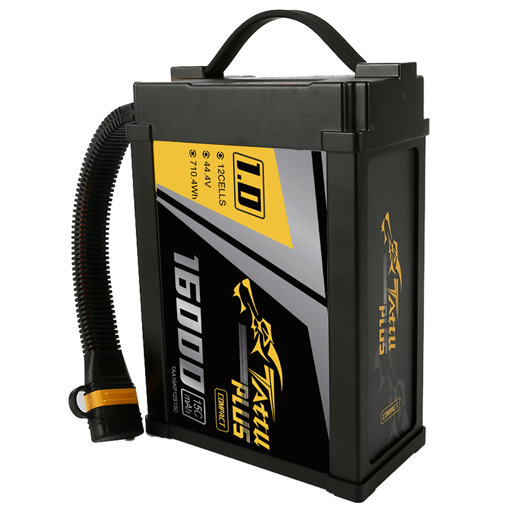Unlock more skills with a drone that can fly and walk
Most drones or robots today can only operate on the ground or in the air, the single function of which limits the handling of complex tasks. In order to develop a robot for hybrid operations, Caltech has given the drone legs, under the name Leo-Leonardo, abbreviated to LEgs ONboARD drOne.
The Leo robot/drone has multi-joint legs and propeller-based propulsion, thus enabling a transition between ground and airborne motion. The objectives of LEO are twofold: firstly, to realize the robot's capability to move by using its multimodality of flight and walking, and secondly, to investigate the fundamental robotic design, dynamics and control challenges of this hybrid robotic platform, particularly at the interface through the propeller and articulated joint synchronous control for switching between walking, take-off and landing. The paper is also featured on the cover of the latest issue of Science Robotics, a sub journal of Science.
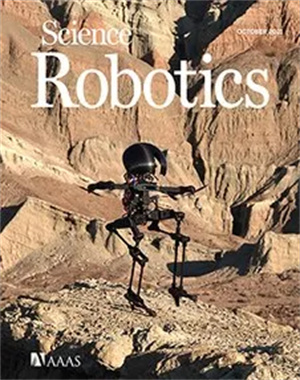
Science Robotics
The most eye-catching features of Leo are the high heels and then the propellers on the arms. 4 propellers are responsible for controlling the robot's posture and balance in all directions on the ground, in addition to acting as flight gear. This special structure allows it to take on difficult activities such as steel wire walking and skateboarding.
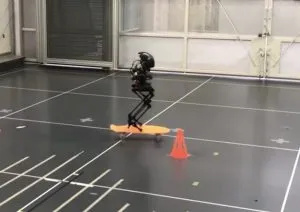
Leo skateboard
High voltage line maintenance
LEO has been developed with the aim of targeting specific application scenarios. These are tasks that are difficult for ground robots and UAVs to perform independently, typically high-voltage line maintenance and overhead bridge inspection. These tasks are dangerous for humans to perform, out of the reach of conventional bipedal robots and unstable for drones when hovering in the face of turbulence. LEO relies on the combination of legs and propellers, and can remain stable on even slippery surfaces that have been oiled, as long as it is given a surface on which to stand. In windy scenarios, Leo is also able to stay in place and continue working, greatly reducing the constraints of the environment.
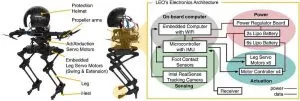
ROBOT structure
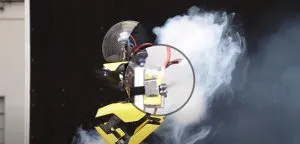
Power by Tattu R-line Lipo Battery Pack
Inspired by birds
Soon-Jo Chung, the corresponding author of the paper, describes how the design of LEO was inspired by the way birds move by hopping between wires. What the robot had to learn from the birds was to switch correctly between flight and walking. The LEO robot maintains a smooth trajectory while flying and when it reaches the landing spot it has to adjust its flight speed to match the walking speed after landing. By switching to walking mode after landing on one foot, it can then continue walking smoothly along with the same speed. These controls are operated by the state electromechanical circuits carried on the machine and by sensors on the feet.
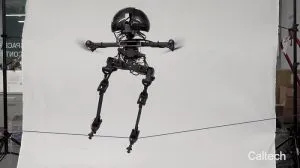
Leo slackline
To fly it must be lightweight, and LEO is made up of carbon fiber in the main part, standing 0.75m tall and weighing only 2.58kg. The movement of the legs is controlled by an integrated brushless DC motor, mounted close to the waist so as to reduce the inertia of the legs. The toe section is a hemispherical polyurethane rubber, a material with a high coefficient of friction to prevent slipping. The high heel is also designed to minimize grounding area and weight, while remaining stable when standing still. This lightweight design comes at a price, such as a less efficient walk. Of the total 544 watts of power used when walking, 445 watts are used for the propeller thrusters that control the balance, while the legs and other electronics together consume only 99 watts. In response, the researchers explained that efficiency optimization is not the highest priority at the moment and the intention is to implement all the features now. To really get the job done, the LEO's short propeller arm needs to be extended into a ‘real’ arm, as well as using vision algorithms and machine learning to increase the robot's autonomy. The researchers plan to build two LEO robots and allow them to play badminton and tennis together. Let's wait and see.
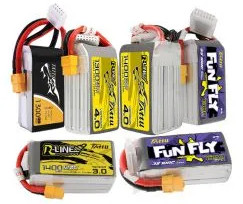
Tattu Lipo Batteries
For the stable Lipo battery pack, please click our Tattu Website or Gensace Website (sub-brands from Grepow Battery), for the customized Lipo batteries solutions, please email us at info@grepow.com.
The NMC 811 high energy density UAV battery and NMC 532 fast charge battery would be the best choice for your UAV / robot / RC projects. Paper Link: https://www.science.org/doi/10.1126/scirobotics.abf8136
Related Articles
-
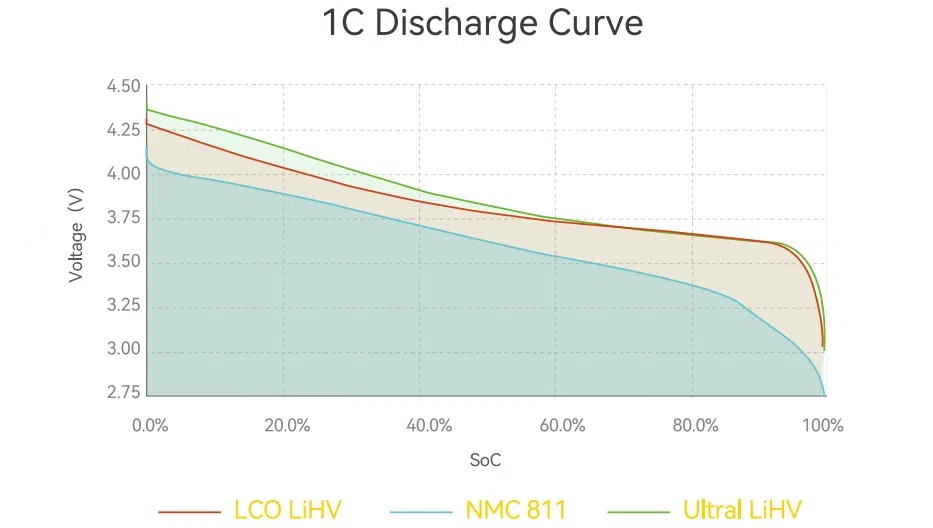
Basis of LiPo Battery Specifications
2024-11-21 -
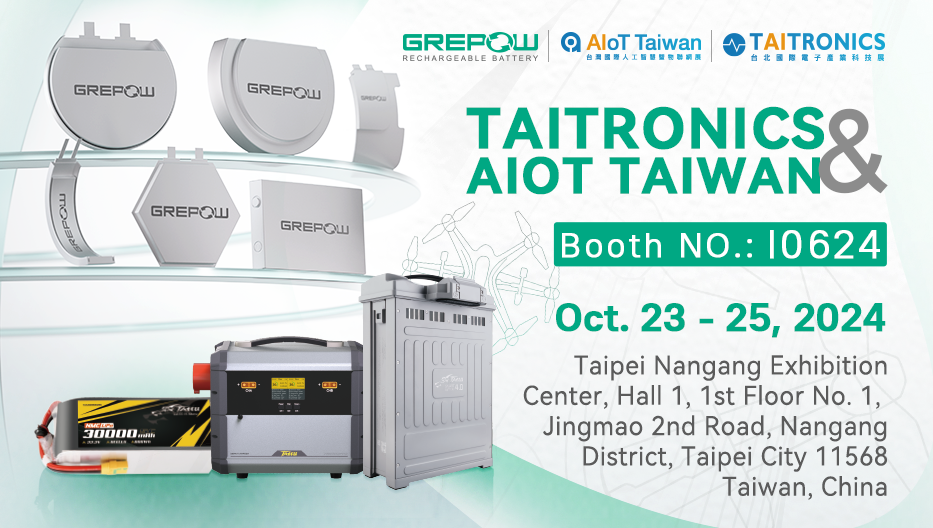
Join Grepow at TAITRONICS & AIoT Taiwan 2024 to Discover New Innovations!
2024-10-19 -
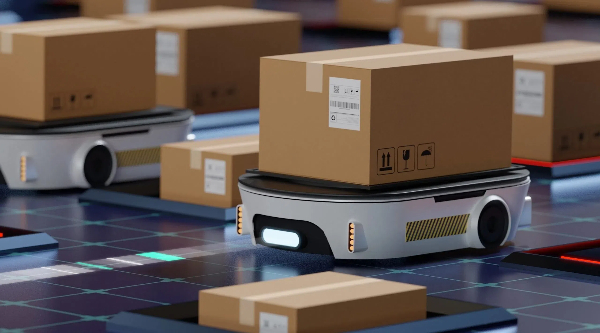
What Batteries Are Used for AGVs and AMRs?
2024-09-30















































